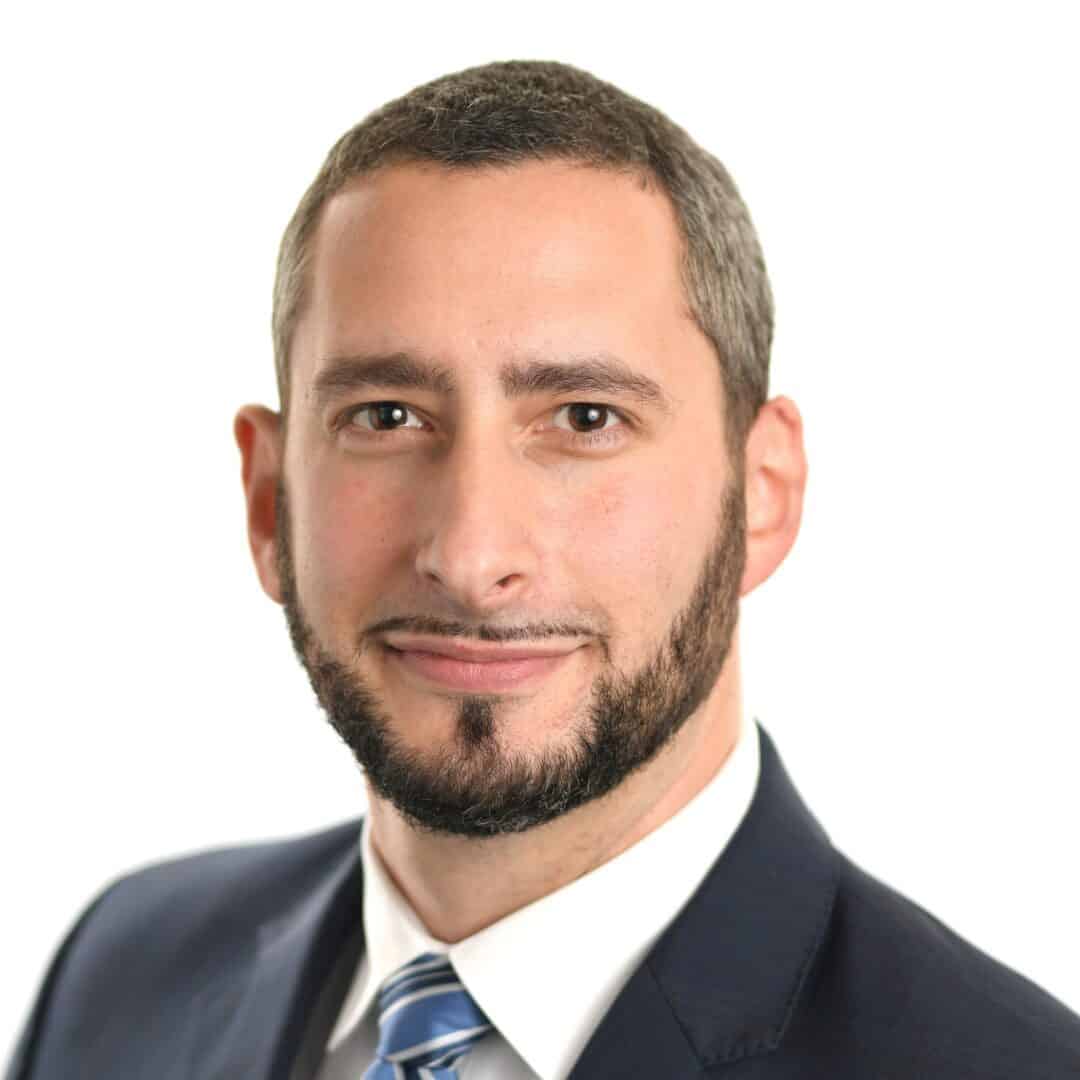The Health Resources and Services Administration (HRSA) recently announced reporting requirements for the Coronavirus Aid, Relief, and Economic Security (CARES) Act Provider Relief Fund (PRF). These requirements provide post-payment guidance more than a year after payments were initially distributed. The PRF, which allocated $178 billion in payments to qualified healthcare providers for Coronavirus-related healthcare expenses and lost revenue, aimed to support healthcare providers impacted by the COVID-19 pandemic. The reporting requirements apply to all past and future PRF payments in excess of $10,000 (in aggregate) and specify the deadlines to use the funds, the periods for reporting and the steps to report on the use of funds.
Reporting Periods and Deadlines to Use Funds
Recipients of PRF payments exceeding $10,000 in aggregate are required to report within a three-month window based on their payment-received period. The deadlines to use the PRF funds are also determined by this payment-received period. However, recipients may use the funds for eligible expenses incurred prior to receipt of PRF payments. The chart below summarizes the deadlines and reporting periods corresponding to each payment-received period.
| Payment Received Period | Deadline to Use Funds | Reporting Time Period | |
| Period 1 | April 10, 2020 to June 30, 2020 | June 30, 2021 | July 1, 2021 to September 30, 2021 |
| Period 2 | July 1, 2020 to December 31, 2020 | December 31, 2021 | January 1, 2022 to March 31, 2022 |
| Period 3 | January 1, 2021 to June 30, 2021 | June 30, 2022 | July 1, 2022 to September 30, 2022 |
| Period 4 | July 1, 2021 to December 31, 2021 | December 31, 2022 | January 1, 2023 to March 31, 2023 |
Reporting on the Use of Funds
In addition to the reporting periods and utilization deadlines, the HRSA provided guidance for reporting on the use of PRF payments. When reporting on the use of funds, entities should report using their normal basis of accounting (e.g., cash basis, accrual basis) and submit consolidated reports. Furthermore, recipients are to report data in the following order:
- Interest Earned on PRF Payments: The dollar value of interest earned on PRF payments.
- Other Assistance Received: Other assistance received by quarter, including PPP loans, FEMA programs, local and state assistance, and business insurance claims related to business interruption.
- Use of Nursing Home Infection Control Distribution Payments (if applicable)
- Use of General and Other Targeted Distribution Payments: General and administrative or healthcare-related expenses attributable to coronavirus that other sources will not reimburse and are not obligated to reimburse. General and administrative expense examples include mortgage and rent, insurance, personnel, fringe benefits, lease payments and utilities. Healthcare-related expenses include supplies, equipment, information technology and facilities. Examples of expenses that do NOT qualify for the use of PRF payments include:
- General and administrative expenses that are not attributed to Coronavirus
- Expenses that were reimbursed by patient revenue
- Expenses that were reimbursed by other assistance (PPP, FEMA programs, etc.)
- Net Unreimbursed Expenses Attributable to Coronavirus: General and administrative or healthcare expenses attributable to coronavirus shown net of other reimbursed sources including “other assistance.”
- Lost Revenues Reimbursement: PRF payments not fully utilized for healthcare expenses attributable to coronavirus may then be applied to lost revenues. Calculating lost revenues should be done using one of the following options:
- The difference between actual patient care revenues
- The difference between budgeted and actual patient care revenues
- Calculated by any reasonable method of estimating revenues
It is important to note that if the PRF funds are not fully utilized by bullet points 4 – 6 above, the remaining balance must be returned to the HRSA.
Personnel, Patient and Facility Metrics – Information Reporting Only
The following metrics must be reported by quarter for the calendar year 2019 through the current period of availability:
- Personnel Metrics: Total number of clinical and non-clinical personnel by labor category (full time, part time, contract, furloughed, separated or hired).
- Patient Metrics: Total number of inpatient admissions, outpatient visits (in-person and virtual), emergency department visits and facility stays (long-term and short-term).
- Facility Metrics: Total number of staffed beds for medical/surgical, critical care and other.
Single Audit Requirements
Non-federal entities that expend a total of $750,000 or more in federal funds during their fiscal year are subject to Single Audit requirements. A Single Audit intends to provide assurance that a non-federal entity has adequate internal controls in place and complies with the program requirements. Federal funds for Single Audit purposes include PRF payments and other federal financial assistance. For more information on Single Audits, visit the HHS.gov website.
PRF Reporting Portal
For PRF recipients that received aggregate payments exceeding $10,000 during Period 1 (April 10, 2020 – June 30, 2020), the PRF Reporting Portal is now open for registration through September 30, 2021.
Conclusion
Although the reporting requirements for PRF were not available during the initial distribution of funds, post-payment compliance is a crucial piece of the process. Recipients are encouraged to thoroughly understand the reporting requirements and draw on the resources provided by the Department of Health and Human Services. In particular, identifying the payment-received period is significant, as it determines the deadline to use PRF funds and the reporting window. As always, Moore Colson’s tax experts are ready and available to help you navigate the latest reporting requirements.
 |
Elizabeth S. Miller, CPA, is a Partner and Practice Leader in the firm’s Corporate Accounting Practice. With over twenty years of experience in public accounting, Elizabeth provides expertise in the analysis, design and development of business structures for accounting departments in the construction, real estate, developers, manufacturing, distribution, healthcare and information technology industries. |
 |
Stephanie George, CPA, is a Director in the firm’s Tax Services Practice. Stephanie has extensive experience in tax and succession planning for closely-held businesses, and serves clients in a wide-range of industries, including healthcare, professional services and real estate. |
 |
David Rivas is a Senior Tax Associate in Moore Colson’s Tax Services Practice. In this role, David provides tax compliance services to closely-held and large private companies and their owners. |

